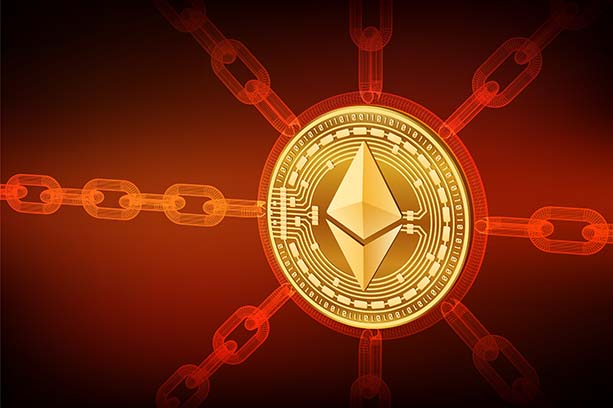Layer 2 technologies enable an application to scale by processing transactions outside of the Ethereum Mainnet (layer 1) while maintaining the same level of security and decentralization as the mainnet. Layer 2 solutions increase transaction speed, or throughput, while reducing gas costs. Popular Ethereum layer 2 solutions include Polygon and Polkadot.
What is the significance of Layer 2 solutions?
Although Ethereum is the most widely used and possibly the most secure blockchain, it is not without problems. Long transaction times (13 per second) and hefty gas prices are well-known features of the Ethereum Mainnet. Layer 2s, which are constructed on top of the Ethereum blockchain, ensure secure, rapid, and scalable transactions.
Each system has its own set of benefits and drawbacks to think about, such as throughput, gas costs, security, scalability, and, of course, functionality. No one layer 2 solution can yet meet all of these needs. Layer 2 scaling approaches known as rollups, on the other hand, attempt to increase all of these properties.
Layer 2 solutions are important because they enable for better scalability and throughput while preserving the Ethereum blockchain’s integrity, allowing for total decentralization, transparency, and security while minimizing carbon emissions. Less gas used equals less energy used, which equals less carbon created.
Rollups on the Ethereum Blockchain
Rollups on the Ethereum Blockchain are layer 2 scaling solutions that offload transaction processing off the main Ethereum network while still sending transaction data to layer 1. Because transaction data is stored on layer 1, rollups are subject to the same layer 1 security standards as transactions. For users, this is the differentiating feature of rollups.
There are three qualities of a layer 2 rollup.
1. Outside of layer 1, transactions take place.
2. On layer 1, data and proof of transactions are saved (maintains security).
3. A rollup smart contract on layer 1 can assure correct transaction execution on layer 2 by exploiting transaction data maintained on layer 1.
Rollups are divided into two sorts, each with its unique set of security mechanisms.
- Optimistic rollups assume transactions are valid by default and only compute when a challenge is submitted, using a fraud proof. Optimistic rollups run in parallel with the Ethereum Mainnet on layer 2 and do not perform any calculations by default (mathematical equations). Instead, they notarize the transaction by publishing the updated information to the Ethereum Mainnet after the transaction is complete.
2. Zero-knowledge rollups compute off-chain and send a proof of validity back to the main chain. ZK rollups (zero-knowledge rollups) are cryptographic proofs that bundle thousands of transactions off the main Ethereum chain (succinct non-interactive argument of knowledge). This is known as a validity proof, and it may be seen on the Ethereum Mainnet.
The smart contract for a ZK rollup keeps all transfer data on layer 2, and it can only be amended with validity confirmation. In other words, instead of requiring entire transaction data, ZK rollups only require confirmation of authenticity. The cost of transacting is lowered because this function contains fewer data.
The blockchain environment could be substantially altered by Ethereum layer 2 solutions. Layer 2 solutions ensure that users may maintain all of the security features offered on the Ethereum Mainnet while trading quickly and cheaply.



